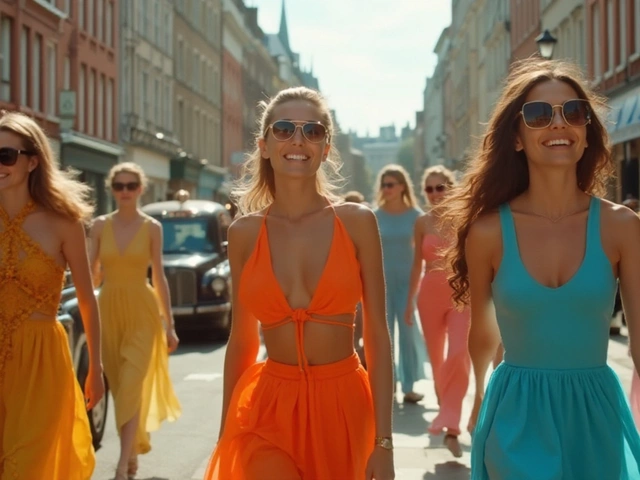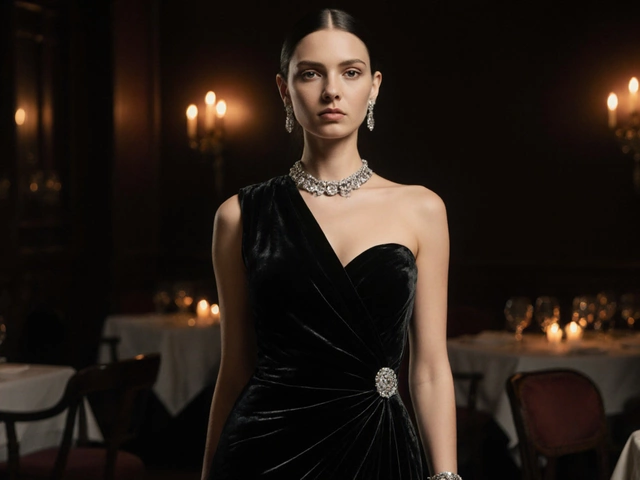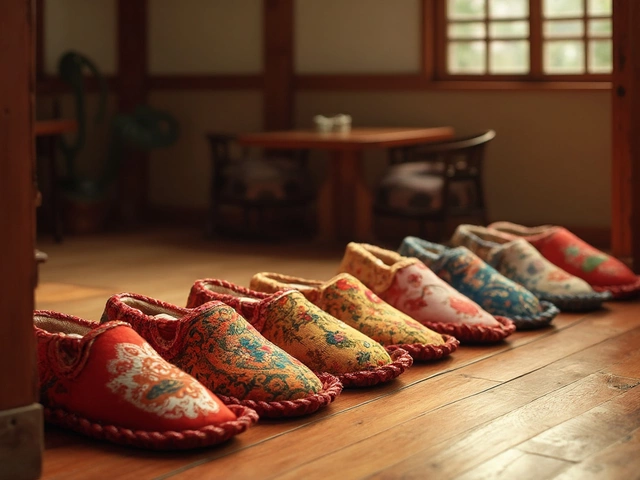Elegant Evening Dress Code Explained: What to Wear and When
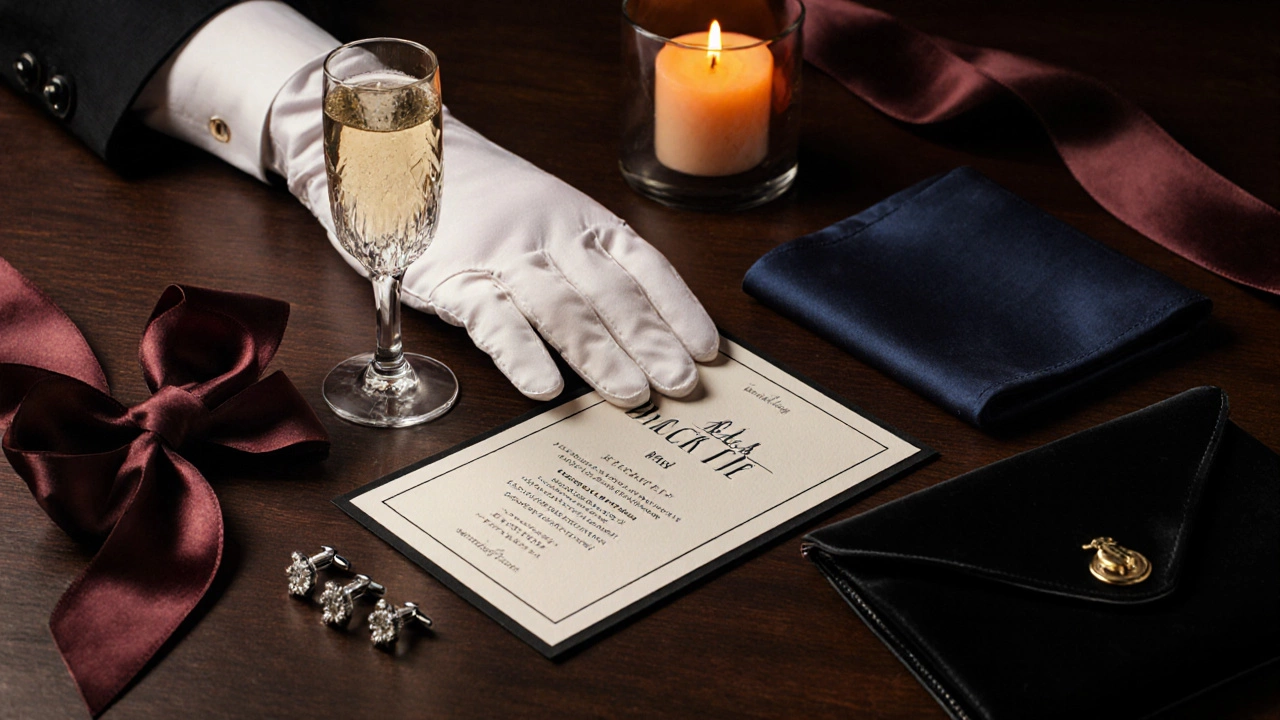
- Cleo Fairchild
- 25 October 2025
- 0 Comments
Evening Dress Code Selector
Event Details
Dress Code Guide
Ever stared at an invitation that says "black tie" or "formal" and wondered what the elegant dress code actually means? You’re not alone. The world of evening attire is full of subtle rules, and missing a detail can feel like a fashion faux pas. This guide breaks down the most common dress codes, tells you when each applies, and shows you how to build a flawless look without over‑thinking.
Decoding the Jargon: What Each Dress Code Means
First, let’s clear up the terminology. Below are the main codes you’ll encounter, each defined in plain English.
Elegant evening dress code is a broad term that covers all formal night‑time attire, ranging from cocktail to white‑tie events. It signals that guests should aim for polished, sophisticated looks.
Black tie requires men to wear a tuxedo with a bow tie and women to opt for a floor‑length evening gown or a sleek cocktail dress.
White tie is the most formal level, demanding a tailcoat for men and a full‑length ball gown for women, often with gloves.
Formal attire sits between black tie and cocktail, letting men wear a dark suit with a tie and women choose a cocktail dress or a sophisticated sheath.
Cocktail attire is a step down from formal, encouraging stylish dresses that hit above the knee and a dark suit for men.
When to Wear Each Code
- White tie: State dinners, royal galas, and very high‑profile charity balls.
- Black tie: Weddings, award ceremonies, upscale theater openings, and most evening fundraisers.
- Formal attire: Corporate galas, upscale restaurant parties, and some art museum openings.
- Cocktail attire: Less formal weddings, birthday celebrations, and trendy club events after 9 pm.
Knowing the event’s vibe helps you decide whether to reach for a floor‑length gown or a chic knee‑length dress.
Building the Perfect Outfit for Women
Regardless of the code, the goal is to look refined without trying too hard. Here’s a step‑by‑step approach.
- Choose the silhouette. For black tie, go for an evening gown that skims the body and falls to the floor. Cocktail events allow a fitted sheath or a structured A‑line dress that hits just above the knee.
- Select fabric. Silk, satin, and velvet convey elegance. Avoid too glossy fabrics for daytime events.
- Pick a colour palette. Classic black, deep navy, emerald, or jewel tones work for most codes. For a winter gala, consider a rich burgundy or midnight blue.
- Mind the details. Subtle embellishments-beading, lace overlays, or a silk‑covered belt-add interest without overwhelming the look.
- Choose shoes. Dress shoes with a low to mid heel, preferably in suede or patent leather, keep you comfortable for long evenings.
- Accessorize wisely. A clutch, delicate jewellery, and a wrap or shawl (if the venue is chilly) finish the outfit.
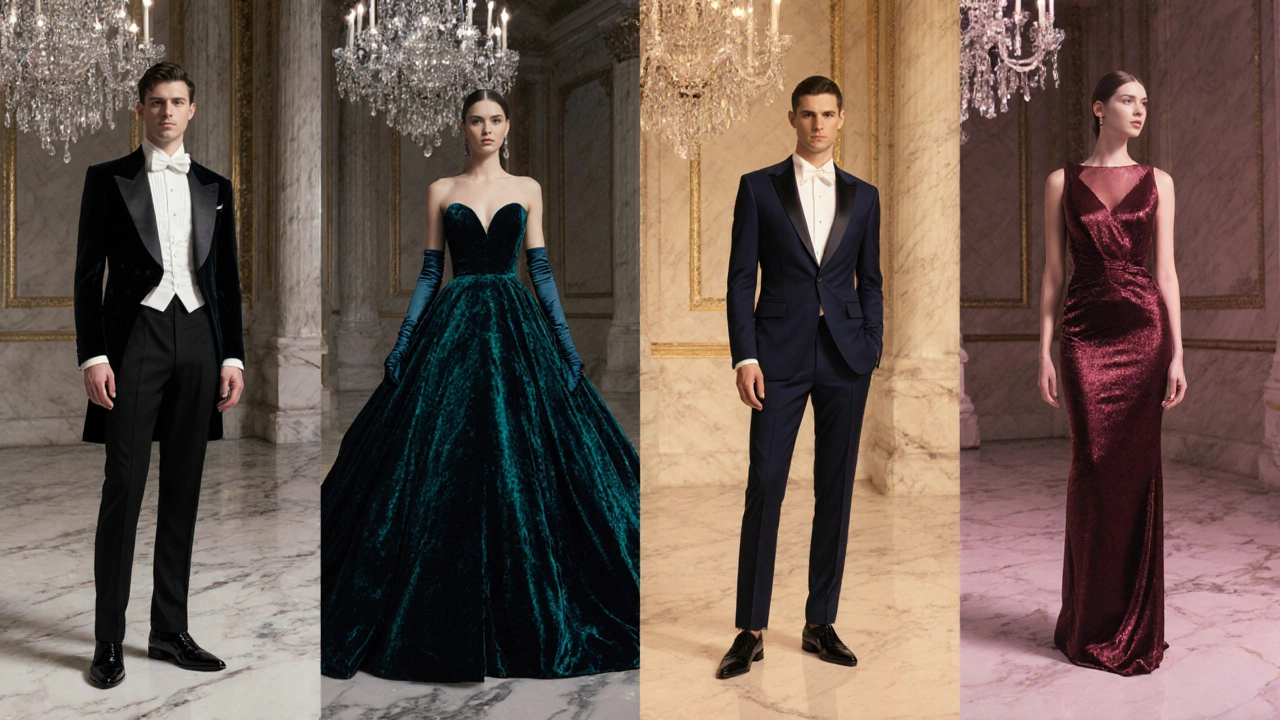
Building the Perfect Outfit for Men
Men’s evening wear follows a similar hierarchy.
- Start with the base. For white tie, wear a tailcoat in black, with a white waistcoat and a white bow tie. Black tie calls for a tuxedo in black or midnight blue, paired with a black bow tie.
- Fabric matters. Choose high‑quality wool or a wool‑silk blend for the jacket; it drapes well and feels comfortable.
- Shirt and cufflinks. A crisp white dress shirt with a pleated front and French cuffs signals attention to detail.
- Footwear. Polished leather oxfords or patent loafers complement the tuxedo.
- Final touches. A pocket square, a sleek watch, and, if appropriate, a discreet lapel pin complete the look.
Do’s and Don’ts: Avoiding Common Mistakes
- Do respect the venue’s dress expectations-check the invitation for clues.
- Don’t wear white unless it’s a white‑tie event; white is reserved for tuxedo shirts and formal women’s gowns.
- Do choose comfortable shoes; you’ll be standing and dancing.
- Don’t over‑accessorize-one statement piece is enough.
- Do ensure your outfit fits perfectly; tailored pieces elevate any look.
- Don’t wear denim, sneakers, or casual fabrics under any formal code.
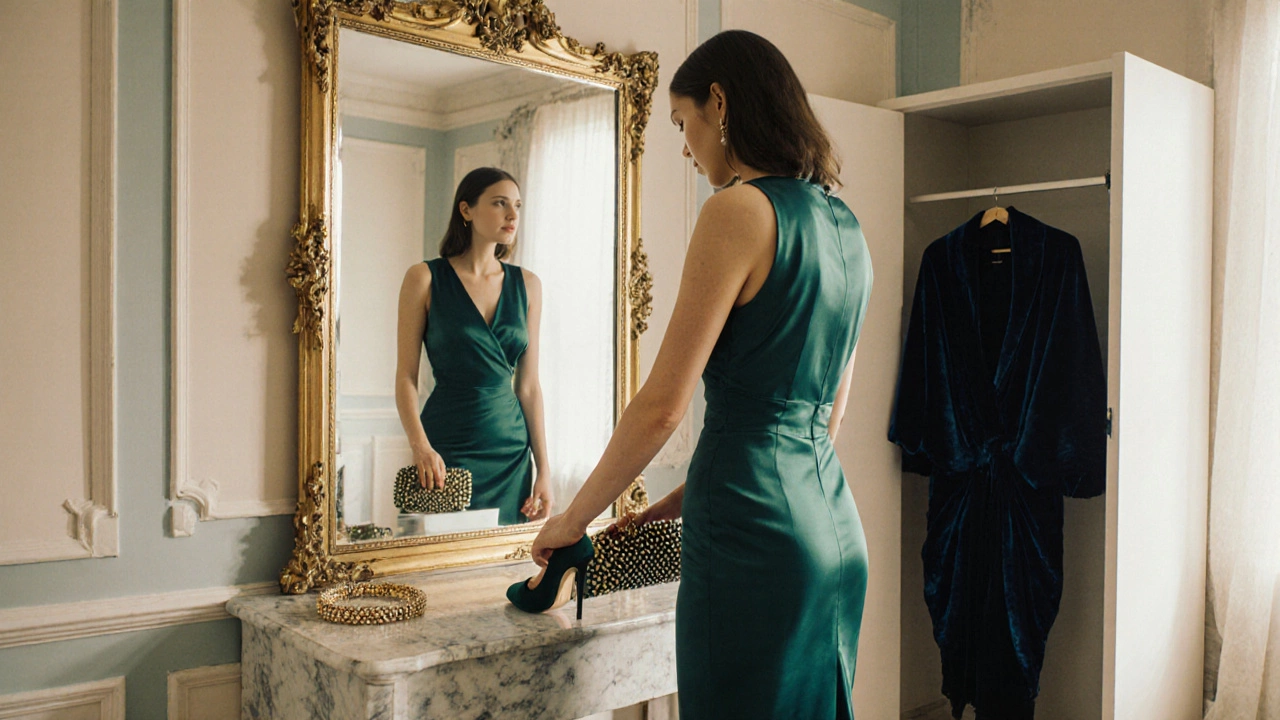
Quick Comparison of Evening Dress Codes
| Dress Code | Typical Male Attire | Typical Female Attire | Footwear | Accessory Guidance |
|---|---|---|---|---|
| White Tie | Tailcoat, white waistcoat, white bow tie | Full‑length ball gown, gloves optional | Patent leather oxfords | Minimal jewellery, gloves if desired |
| Black Tie | Tuxedo, black bow tie, cummerbund or waistcoat | Floor‑length evening gown or sophisticated cocktail dress | Polished leather dress shoes or patent loafers | Clutch, statement earrings, simple cuff |
| Formal | Dark suit, tie, dress shirt | Knee‑length cocktail dress or elegant sheath | Leather oxfords or pumps | Small handbag, subtle jewellery |
| Cocktail | Dark blazer and slacks, dress shirt, optional tie | Knee‑above dress, stylish jumpsuit | Dressy heels or loafers | Bold clutch, eye‑catching necklace |
Cheat Sheet: Your Evening Dress Code Checklist
- Read the invitation for specific wording ("black tie", "formal", etc.).
- Pick the appropriate dress code level from the table above.
- Choose fabric that drapes well: silk, satin, velvet for higher codes; high‑quality wool for suits.
- Match shoe style to the code (patent leather for tuxedos, leather oxfords for suits).
- Limit accessories: one statement piece for women, a pocket square or watch for men.
- Ensure proper fit-consider a quick tailor visit.
- Plan for weather: bring a wrap, coat, or shawl if needed.
Frequently Asked Questions
Is black tie the same as formal attire?
No. Black tie specifically calls for a tuxedo and a floor‑length gown, while formal attire allows a dark suit with a tie for men and a cocktail or sheath dress for women. Black tie is a step up in formality.
Can I wear a tuxedo to a cocktail‑style event?
You can, but it may look overdressed. Cocktail events expect a dark suit or a stylish dress. If you wear a tuxedo, choose a less formal shirt (no wing‑collar) and skip the cummerbund.
What colors are safe for a white‑tie gala?
Traditional white for men’s shirt and waistcoat, and black or deep jewel tones for women’s ball gowns. Some events allow muted pastels, but always check the dress code notes.
Do I need gloves with a white‑tie dress?
Gloves are optional but traditional for women. If you choose them, pick elbow‑length silk or satin gloves in a colour that matches your dress.
How can I make a cocktail dress look more formal?
Add a tailored bolero or structured shawl, choose metallic or jeweled accessories, and wear high‑heeled pumps. Opt for richer fabrics like satin or velvet instead of light chiffon.
